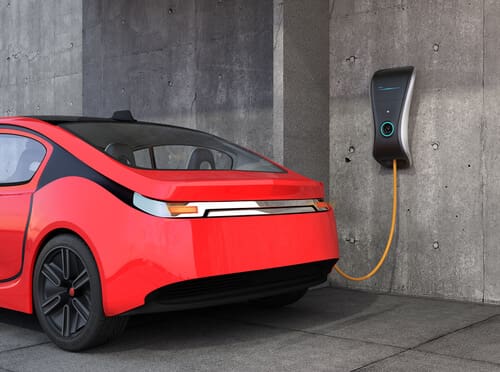
Wondering whether your building is ready to make the great leap forward into solar energy? This month a new online tool was launched, allowing you to calculate how much power you could generate from your rooftop.
The SunSpot platform has already attracted media interest with stories about its benefit for both residential and commercial roof spaces.
One statistic that leaps out is that if the roofs in Sydney’s CBD were ‘solarised’, it could save businesses 14 per cent of their electricity usage.
So why are apartment and office blocks so reluctant to embrace the technology? It could be a mixture of not knowing and not wanting to know.
But electricity demand is not going to diminish any time soon. Air-con usage will only grow with global warming and soon your building may have to provide charging stations for electric cars and mobility scooters.
So here are five dumb reasons we’ve actually heard – and one valid one – for saying no to solar.
The technology is still being developed
Well, that’s true and great strides are being made in the development of photovoltaic efficiency. But you shouldn’t let perfection be the enemy of good.
If most potential mobile phone users had waited until the there was no possible improvement in the technology, we’d still be using payphones.
It only works during daylight hours
Correct. But what about all the interior lobby and car park lights and lifts that operate all day. And if there’s any excess, you can sell it back into the grid or store it using rapidly improving battery technology.
It will damage the roof membrane
Really? Do you think professional installers have never encountered an apartment block roof before?
It might blow off the roof and kill someone
See the above answer then talk to your insurer.
It would cost more to pump the water on to the roof than you would save.
Seriously, this objection was once raised by a committee chair who couldn’t tell the difference between photovoltaic cells and a domestic hot water booster when it was suggested his building might boost its swimming pool heating through solar panels.
There are as many other daft responses to the potential of solar as there are committee members who just don’t want to know. But there is one fairly compelling argument too.
Looking at ways you can save money and cut down on greenhouse gasses from the generation of energy, some basic housekeeping might be explored before you turn your roof in to a power station.
Using motion sensors in garages and public areas to turn on, preferably, LED lighting represents a massive energy saving.
Then there’s water conservation. A few dripping taps boost electricity demand because the water in your block has to be pumped up several floors just to get it into your system.
And, as the greenstrata.com.au website explains, once you’ve taken care of wastage, the need for solar generation is less of an economic imperative and more of a socially responsible idea.
This article first appeared in the Australian Financial Review

